
A Year In Scotland
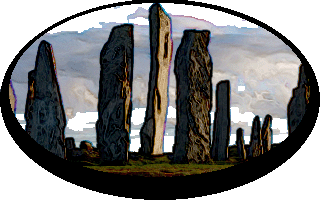

14 October 2014
The North Atlantic Arc Home
| September | October |
| S | M | T | W | T | F | S |
| 25 | 26 | 27 | ||||
| 28 | 29 | 30 | 1 | 2 | 3 | 4 |
| 5 | 6 | 7 | 8 | 9 | 10 | 11 |
| 12 | 13 | 14 | 15 | 16 | 17 | 18 |
| 19 | 20 | 21 | 22 | 23 | 24 | 25 |
| 26 | 27 |
 |
Tuesday 14 October 2014--We have breakfast at the Hotel Hebrides this morning--better than the rudimentary sausage roll we got from the Harris Hotel yesterday--and then head north to Lewis. The northern half of Harris is even more ruggedly spectacular than the southern part; nearly all of the highest peaks in the Outer Hebrides are here. If the border between Harris and Lewis is not immediately clear on the map--it follows a rough line from the eastern tip of Loch Resort to the western elbow of Loch Seaforth-- the change in topography is evident on the ground, as the stony mountains give way to gentler rolling hills, and later flatter moorland. We roll into Stornoway and take a stroll around. I've stayed here several times on past trips, but soured on it after a couple of appalling weekends. It's amusing to read a signboard on one of the local hotels, noting that the 14-year-old Prince Charles ordered an alcoholic bevvy there, perhaps unwittingly, while on a school trip. When word got out, press and police descended on Stornoway, and the proprietor and barmaid went into hiding. I imagine the locals were bemused by all the fuss. Teen drinking isn't anything out of the ordinary here. We drive the road north out of town, along the east coast. About ten miles out, Tolsta is the last village along the road, a collection of several dozen houses. Just past that, we find access to Tràigh Mhòr, Tolsta's Big Beach, about two miles long (see second photo on 26 September). We walk along it for a short way, but strangely feel uncharmed. Another half-mile or so along the road, we come to the end of the pavement, and shortly after, the Garry Bridge, better known as the Bridge to Nowhere. This was the work of Lord Leverhulme, who owned Lewis from 1918 to 1923. William Lever, 1st Viscount Leverhulme [Undiscovered Scotland], was the humble son of a Lancaster grocer. With his brother, he founded Lever Brothers, and made a fortune manufacturing soaps based on vegetable oils. He is well known for his philanthropy, and perhaps moreso for his keen interest in the well-being of his employees. His record is not without blot--he was said to be disinclined to compromise, and the standards of behavior that he imposed on the residents of his worker villages were more than a little intrusive. Worse, his venture in the Belgian Congo was colonialism at its worst, tantamount to slavery. Still, he was, for his time, a progressive industrialist. Leverhulme--the title conflated his and his wife's names--purchased Lewis while in semi-retirement. He conceived a grand scheme for the island's economic development, based on fish-processing centered in Stornoway, the product to be marketed across the UK. As part of his plan, he began construction of a road up the east coast from Stornoway to Ness. He ran into heavy opposition from the locals, however, particularly returning veterans of the Great War, who wanted more land for crofting. This was an issue that had been festering for many years. Leverhulme's inability to come to some sort of accommodation with the would-be crofters led him to abandon Lewis in favor of Harris. (His schemes there died when he did, in 1925.) In an extraordinary gesture, he offered to give Lewis to its inhabitants, in the form of two land trusts. One, made up of Stornoway and environs, was self-sustainable, and went through. The other, the rest of Lewis, would need some financial aid from the government, which was not forthcoming. The land was eventually sold to absentee landlords. Leverhulme's legacy is the modern multinational Unilever, whose brands include Aviance, Axe, Becel, Ben & Jerry's, Bertolli, Bovril, Breyers, Brylcreem, Colman's, Cup-a-Soup, Dove, Fabergé, Good Humor, Hellmann's, Imperial Margarine, Klondike Bar, Knorr, Lifebuoy, Lipton, Lux, Marmite, Noxzema, Pears, Pepsodent, Pond's, Ragú, Red Rose, Slim Fast, Suave, Sunlight, Sure, Vaseline, Wall's, Zest, and many others. It seems petty, then, to focus on the Garry Bridge as a monument to his failure in economic development and, perhaps, social engineering. But there it is. The road is graded for a mile or so after the bridge; after that, a rough track leads to Skigersta and Ness. Had the road been completed, Ron and I would have perhaps a ten-mile drive through those villages to Cross, where we are staying tonight. Instead, we will have about an hour's drive, back through Stornoway and across to the northwestern coast. But first we take a walk on Tràigh Ghearadha, adjacent to Tràigh Mhòr. We did not see this smaller beach until we were above it, by the bridge. It has some odd rock formations that make it more fun to explore than its larger neighbor. We find our B&B in Cross and have dinner and pints in the bar of the Cross Inn, across the street. The bar is in a former byre out back. It's pretty rustic--the only heat is a peat fire, and I'm pretty sure the floor was dirt not too many years ago. Food and drink are nice enough, though, and on the whole it beats vomiting teens in Stornoway. Next |
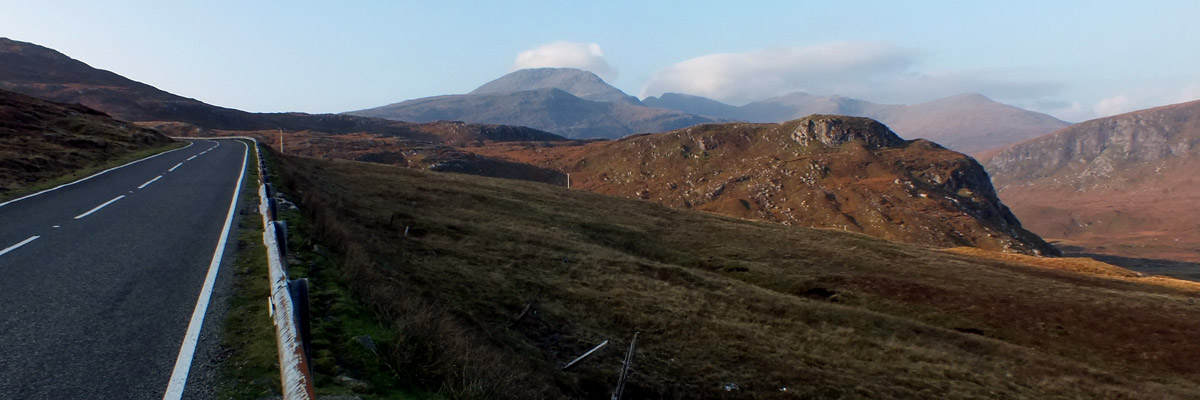
|
From Harris...

|
...To Lewis
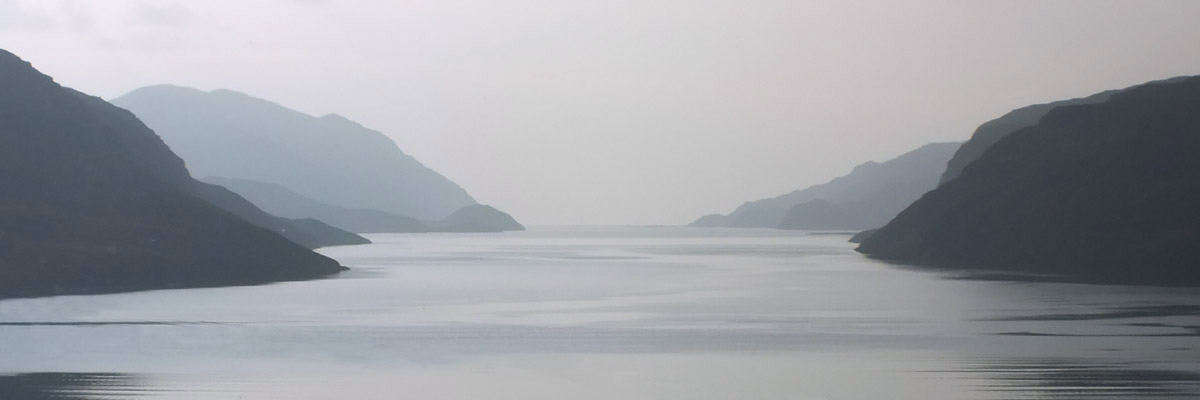
|
Loch Seaforth
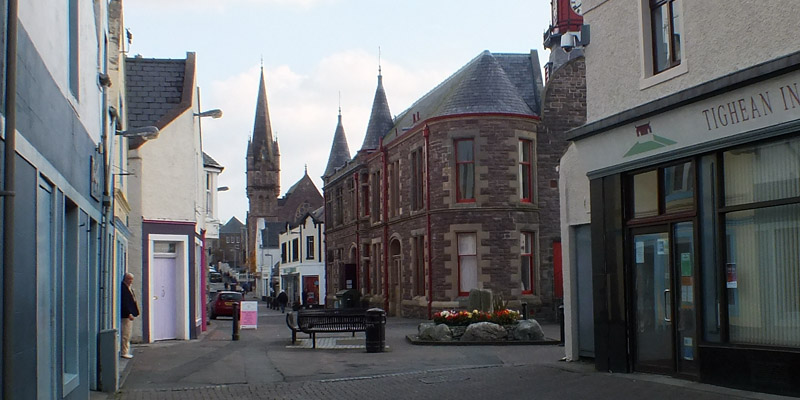
|
Stornoway
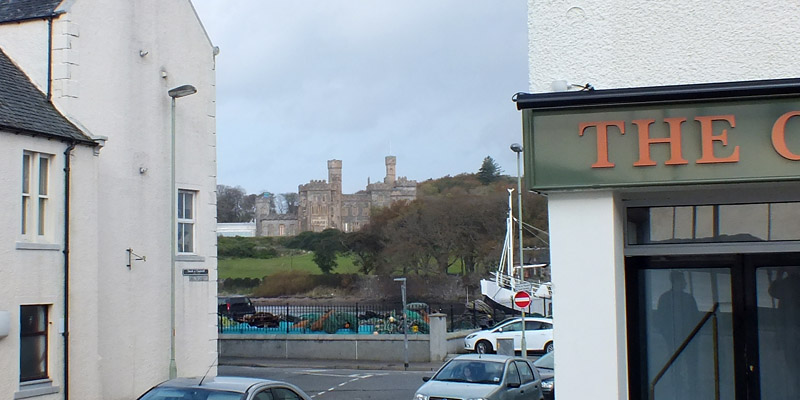
|
Lewes Castle

|
Lewes Castle

|
Stornoway
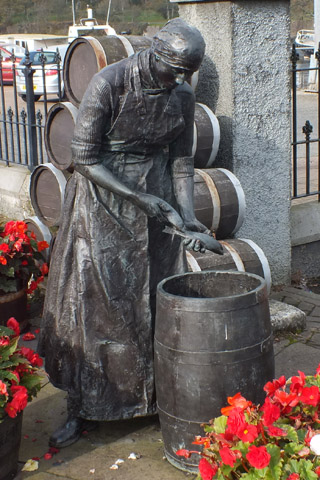
|
I Love The Herring Girl
I couldn't say just why, she simply caught my eye
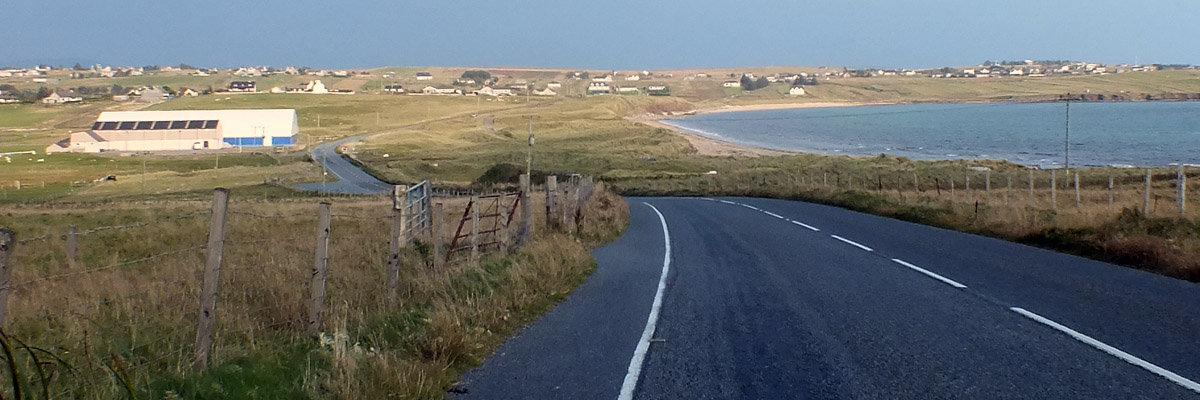
|
Road To Tolsta
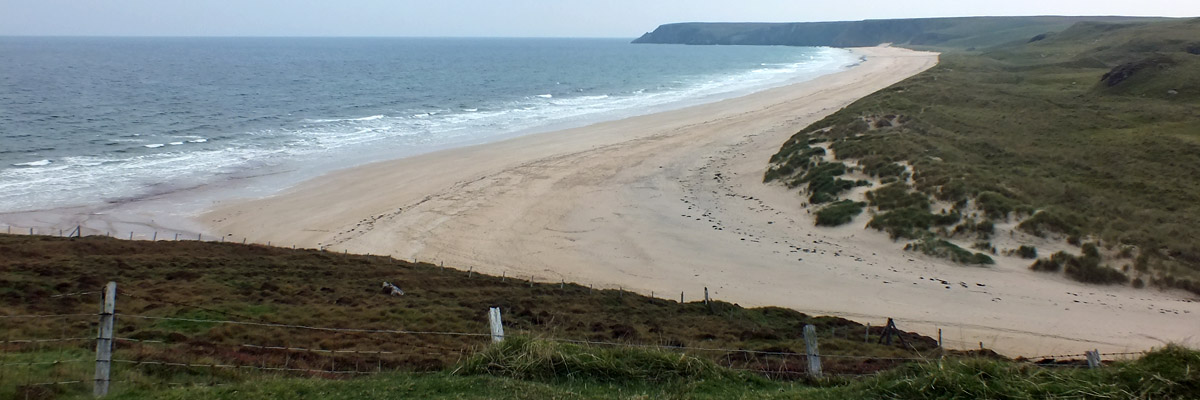
|
Tràigh Mhòr
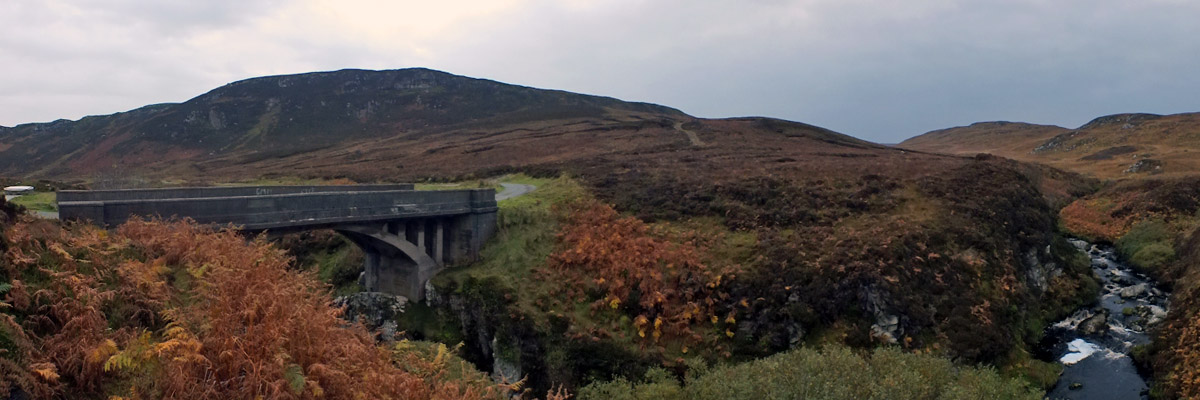
|
Garry Bridge
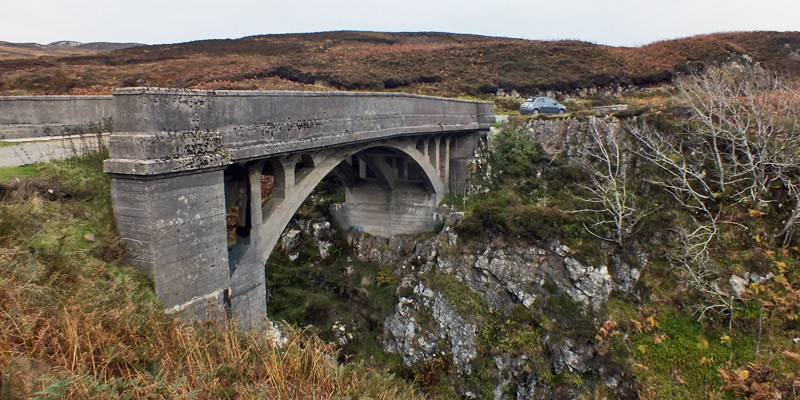
|
Garry Bridge
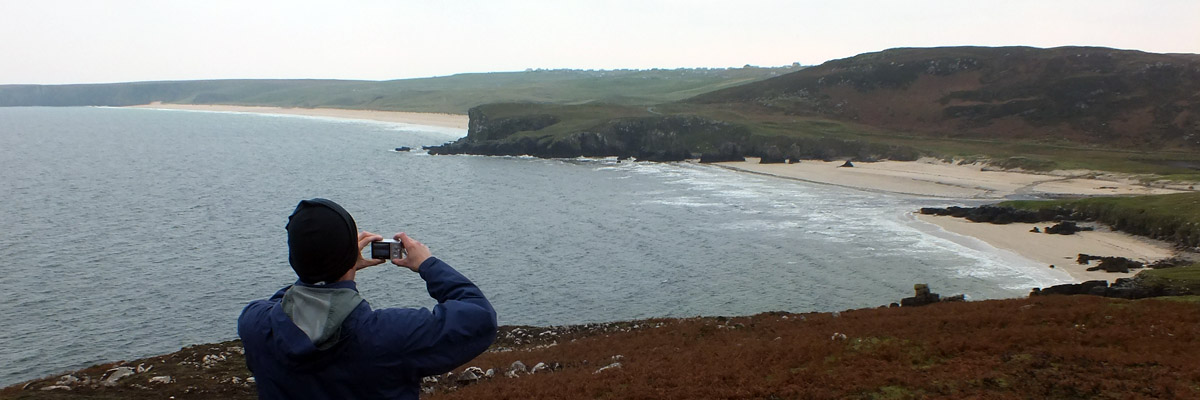
|
The Tolsta Beaches

|
Tràigh Ghearadha
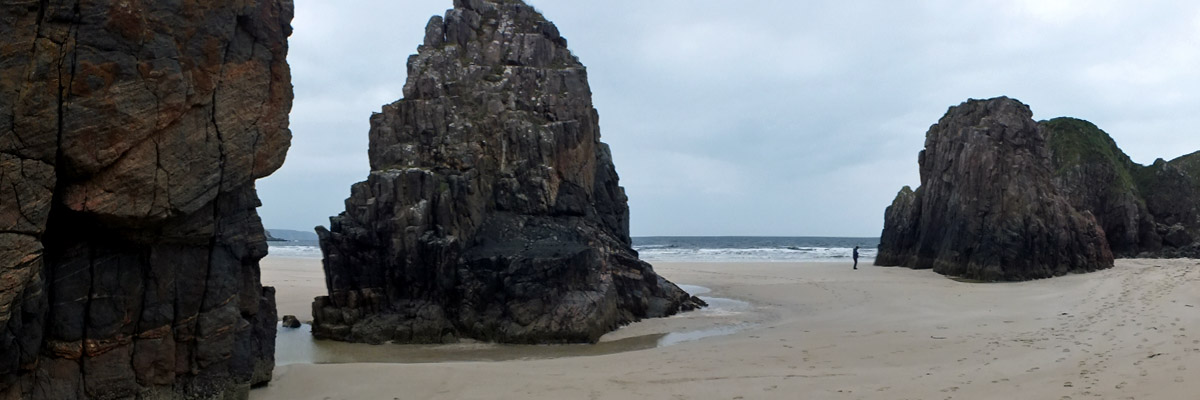
|
Tràigh Ghearadha

|
Tràigh Ghearadha

|
Tràigh Ghearadha

|
Tràigh Ghearadha
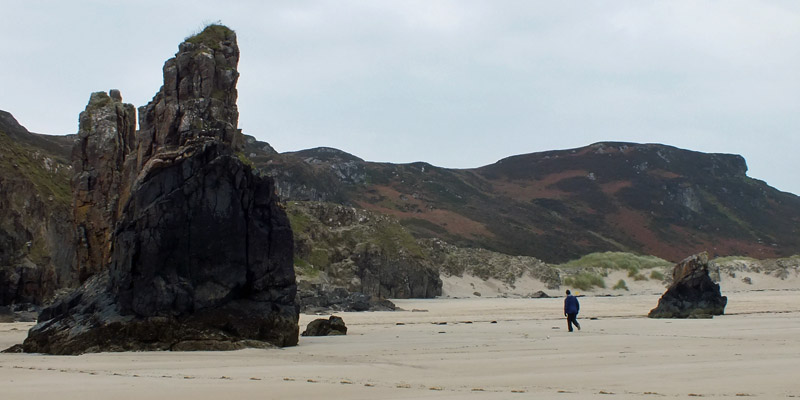
|
Tràigh Ghearadha
Next
| September | October |
| S | M | T | W | T | F | S |
| 25 | 26 | 27 | ||||
| 28 | 29 | 30 | 1 | 2 | 3 | 4 |
| 5 | 6 | 7 | 8 | 9 | 10 | 11 |
| 12 | 13 | 14 | 15 | 16 | 17 | 18 |
| 19 | 20 | 21 | 22 | 23 | 24 | 25 |
| 26 | 27 |
The North Atlantic Arc Home
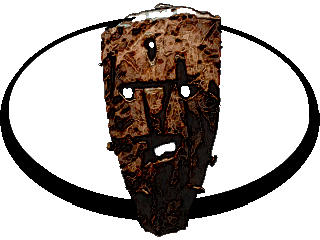
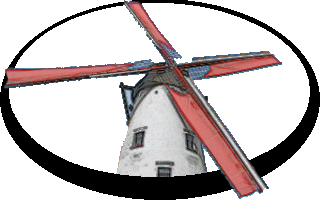
Mr Tattie Heid's Mileage
Results may vary